Discovering a scratch on your car’s gleaming rim can be disheartening, leaving you wondering about the cost of restoring its former glory.
In this intriguing guide, we delve into the world of scratched rim repairs, exploring the factors that influence the price tag and uncovering cost-effective solutions to get your wheels back on track.
How Much Does It Cost to Fix a Scratched Rim?
When it comes to wheel and rim damage, scratches, curb rash, bends, and cracks are common culprits. While purchasing a brand new set of wheels can already dent your wallet, opting for professional repairs at a shop can add further expenses, ranging from approximately $50 to $400 per wheel.
The final cost depends on factors such as the size and type of the wheel, as well as the severity of the damage. On the flip side, if you possess the necessary expertise, repairing your rims independently becomes a viable option, especially for minor damages.
You might even be able to significantly reduce the expenses, potentially bringing the cost down to nearly nothing.

Different Factors That Affect the Repair Cost of a Scratched Rim
The cost of repairing a scratched rim can vary significantly depending on several factors. Understanding these factors can help you estimate the potential expenses and make informed decisions. Here are the key elements that influence the scratched rim repair cost:
The Severity of the Damage
The extent of the scratches on the rim plays a vital role in determining the repair cost. Superficial scratches that haven’t deeply penetrated the metal can often be fixed using relatively simple and inexpensive techniques, such as polishing or sanding.
On the other hand, deep scratches that have affected the structural integrity of the rim may require more extensive repairs, potentially involving welding, filling, or even replacing a portion of the rim. Naturally, such repairs will be more time-consuming and costly.
Rim Material
The type of material used in the rim construction also affects the repair cost. Aluminum alloy rims are commonly found on modern vehicles due to their lightweight and stylish design. Repairing scratched aluminum rims usually involves sanding, buffing, and repainting.
While this process is generally less expensive compared to other rim materials, the cost can still vary based on the size of the rim and the complexity of the repair. In contrast, rims made of premium materials like chrome, stainless steel, or forged alloys tend to be pricier to repair due to their higher manufacturing and repair costs.
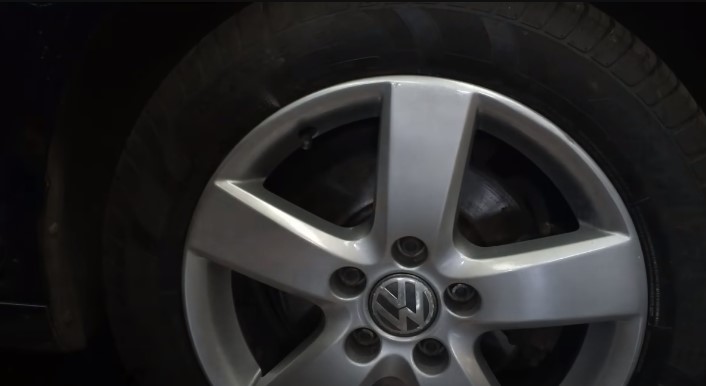
Rim Size
The size of the rim is another significant factor influencing the repair cost. Larger rims, such as those found on luxury or sports cars, often come with a higher price tag for repairs compared to smaller rims commonly found on compact or economy vehicles.
The reason behind this is that larger rims require more materials, time, and effort to repair properly. Additionally, specialized equipment may be needed to handle larger rims, which can further contribute to the overall cost.
Rim Design and Complexity
The design and complexity of the rim can impact the repair cost as well. Rims with intricate patterns, multiple spokes, or unique finishes may require more attention to detail and precision during the repair process. These factors can increase the labor hours required, leading to a higher cost.
Moreover, if the damaged area is challenging to access due to the rim design, it may necessitate disassembling other components, such as the tire or brake system, further adding to the overall repair expenses.
Geographic Location
Repair costs can also vary depending on the geographic location of the repair shop. Factors such as local labor rates, cost of living, and market competition can influence pricing. Repair shops located in urban areas or regions with higher overhead expenses tend to charge more for their services.
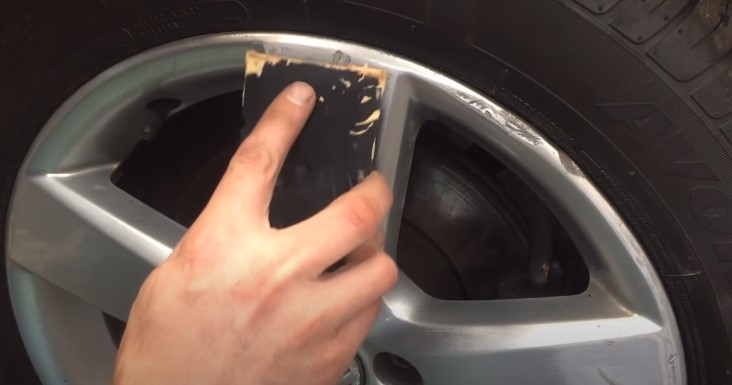
In contrast, shops in rural or less expensive areas may offer more competitive pricing. Therefore, it is advisable to research and compare prices from different repair facilities in your specific area to ensure you are getting a fair deal.
Additional Services
Sometimes, repairing a scratched rim may require additional services or repairs. For instance, if the rim has incurred structural damage or if the tire needs to be replaced, these factors will contribute to the overall repair cost.
It is essential to have a thorough inspection of the rim to identify any potential underlying issues that might affect the repair process. Addressing all necessary repairs simultaneously can save you time and money in the long run.
DIY Versus Professional Repair
Opting for a professional repair service will generally come at a higher cost compared to fixing the rim yourself. However, DIY repairs are only recommended for minor scratches and if you have the necessary skills and equipment. DIY methods typically involve sanding, buffing, and repainting the damaged area.
While this can be a cost-effective option, it requires careful attention to detail and expertise to ensure a satisfactory outcome. If the damage is extensive or if you lack experience in rim repair, it is advisable to seek professional assistance to avoid potential further damage or safety concerns.
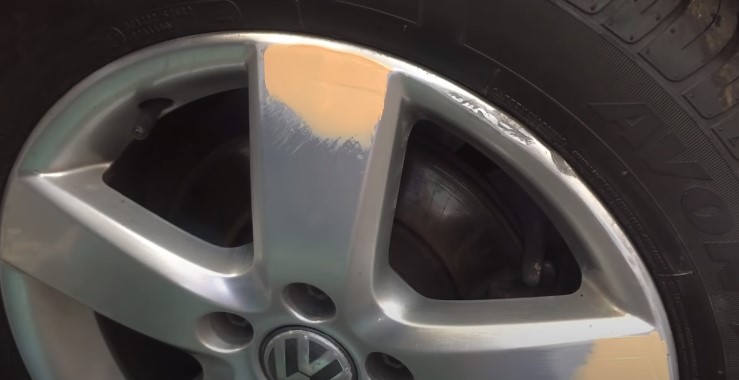
Considering these factors can provide you with a ballpark estimate of the cost to fix a scratched rim. It is always recommended to consult with reputable repair shops or professionals who can assess the damage and provide you with an accurate quote based on your specific situation.
Remember, timely repairs not only restore the aesthetics of your rims but also help maintain their structural integrity and prolong their lifespan.
What Are the Different Types of Rim?
Steel Wheel
Steel wheels are one of the different types of rims commonly found on vehicles. They are known for their durability, affordability, and practicality. Made from steel alloy, these rims offer strength and resilience, making them suitable for various driving conditions.
Steel wheels are often used as standard equipment on entry-level or budget-friendly vehicles. While they may not possess the same aesthetic appeal as other rim materials, they are less prone to damage from impacts and are relatively easy to repair.
Moreover, steel wheels are typically more cost-effective to replace or repair compared to other rim types, making them a practical choice for many car owners.
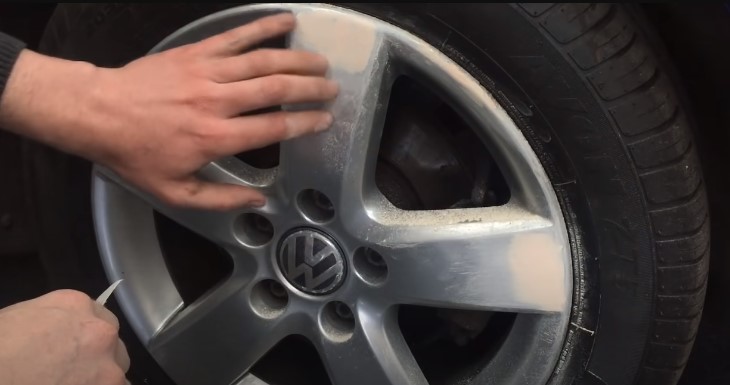
Chrome-Plated Wheel
Chrome-plated wheels are a popular choice for car enthusiasts seeking a sleek and shiny aesthetic. These rims undergo a process where a layer of chromium is electroplated onto a metal base, typically steel or aluminum alloy.
The result is a reflective, mirror-like finish that adds a touch of luxury and elegance to a vehicle’s appearance. Chrome plating not only enhances the rim’s visual appeal but also provides a protective barrier against rust and corrosion.
However, chrome-plated wheels require regular maintenance to preserve their luster and prevent damage. They are generally more expensive than other rim types due to the intricate plating process and the premium look they offer, making them a preferred choice for those who value style and sophistication.
Aluminum Alloy Wheel
Aluminum alloy wheels are widely used in modern vehicles due to their lightweight construction and appealing designs. These rims are crafted from a blend of aluminum and other metals, making them strong, durable, and resistant to corrosion.
Aluminum alloy wheels offer advantages such as improved fuel efficiency, better handling, and enhanced heat dissipation, which can be particularly beneficial for high-performance or sports cars. Additionally, aluminum alloy rims can be machined or cast into various intricate designs, allowing for customization options.
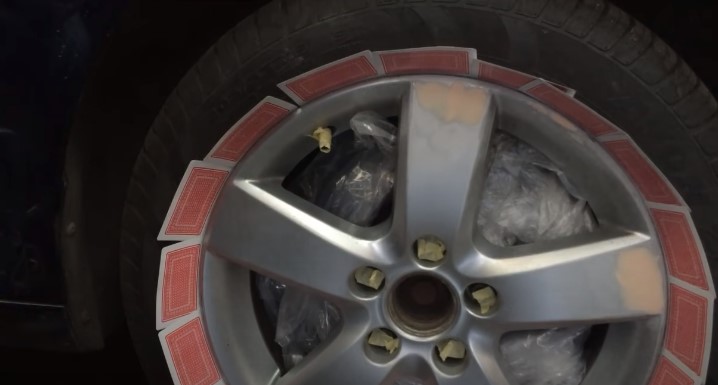
While aluminum alloy wheels are generally more expensive than steel rims, their numerous advantages make them a popular choice among car enthusiasts who prioritize performance and aesthetics.
Plastic Clad Rims
Plastic clad rims, also known as plastic-coated or plastic-covered rims, are a type of rim that features a plastic layer over a metal base. This design offers a unique combination of affordability and visual appeal.
The plastic coating serves as a protective layer against corrosion and damage, making the rims resistant to rust and scratches. Plastic clad rims are often found on economy or entry-level vehicles [1], where cost-effective solutions are favored.
While they may not possess the same level of durability as other rim materials, they provide a lightweight option and are relatively easy to replace if damaged. These rims offer a budget-friendly alternative for car owners who desire an attractive appearance without breaking the bank.
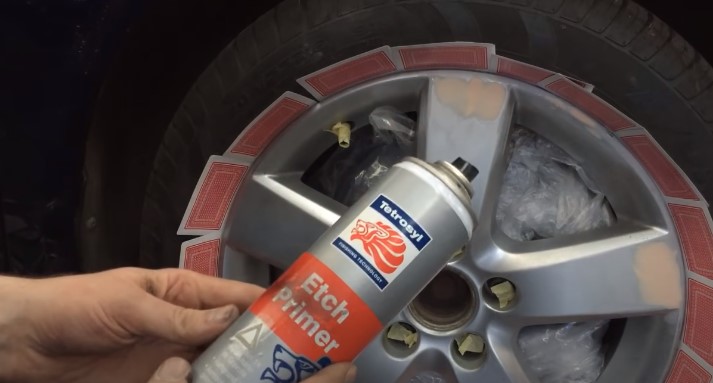
How Do You Know If You Have a Bent Rim?
A bent rim is a common issue that can occur due to various factors, such as hitting potholes, curbs, or other road hazards. Detecting a bent rim is crucial as it can lead to several problems. Here are some signs that can help you identify if you have a bent rim:
Vibrations
One of the most noticeable indications of a bent rim is vibrations felt through the steering wheel while driving. These vibrations often intensify as speed increases. If you experience consistent shaking or vibrating sensations, a bent rim is likely causing the issue.
Uneven Tire Wear
Inspect your tires for uneven wear patterns. A bent rim can disrupt the tire’s contact with the road, leading to uneven wear.
Pay attention to any abnormal wear on one side of the tire or specific areas. Too much wear on the outer or inner edges of the tire may indicate a bent rim.
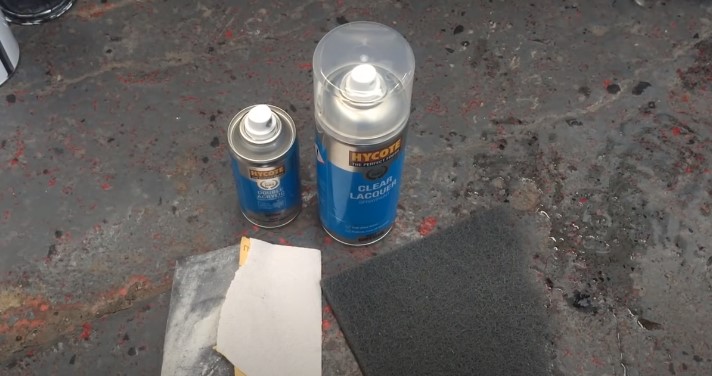
Steering Issues
A bent rim can affect the alignment of your vehicle’s wheels, causing steering problems. If you notice that your car tends to pull to one side or the steering feels off-center, it could be a result of a bent rim affecting the wheel’s alignment.
Loss of Air Pressure
Bent rims can develop small cracks or gaps that may lead to air leaks. If you frequently find yourself having to inflate your tires or notice a persistent loss of air pressure, it could be an indication of a bent rim.
Visual Inspection
Conduct a visual inspection of your rims. Look for any visible signs of damage, such as dents, bulges, or deformities. Use a flashlight if needed to examine the inner and outer edges of the rim for any irregularities.
Be thorough in your examination as some bends may be subtle and not immediately noticeable.
Conclusion
The cost of fixing a scratched rim can vary based on factors such as the severity of the damage, rim material, size, design, and geographic location. While professional repairs may range from $50 to $400 per wheel, DIY options can be more cost-effective for minor scratches.
Remember, timely repairs not only restore the rim’s appearance but also maintain its structural integrity for a smoother ride.

